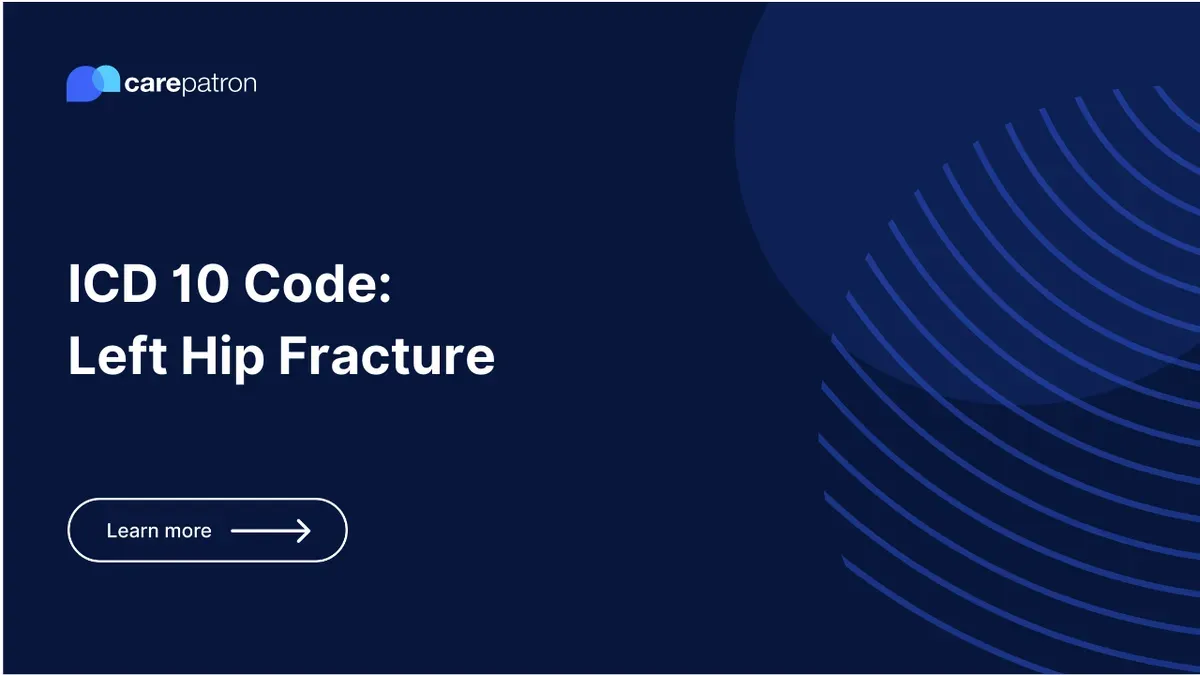
Left Hip Fracture ICD-10-CM Codes
Explore the commonly used ICD-10 codes for left hip fracture, their billable status, clinical information, and synonyms.
Use Code
EHR and practice management software
Get started for free
*No credit card required
Free
$0/usd
Unlimited clients
Telehealth
1GB of storage
Client portal text
Automated billing and online payments
